Confidential Technical Assistance for Producers
The Michigan Agricultural Environmental Assurance Program (MAEAP) and the Produce Safety Program (PSP) aim to bring essential support to Barry County farms with technicians providing FREE, non-regulatory technical assistance for Barry County producers. Both programs provide confidential resources and assistance, guidance through certifications, and connection with local, state, and federal programs that can help you sustainably manage natural resources on your property.
These services are provided in partnership with MDARD through grants to conservation districts across the state. Our MAEAP Conservation Technician provides service for both Barry County and Ionia County producers. Our Produce Safety Technician provides service across eight (8) counties in southwest Michigan.
Programs
Michigan Agriculture Environmental Assurance Program (MAEAP)
The MAEAP program offers assistance and recognition to farmers who reduce erosion and runoff from private land into public waters.
This program is free and voluntary. Everything we learn about your farm is 100% confidential. This is guaranteed by state law.
Categories of recognition:
Cropping
Livestock
Farmstead
Forest, Wetlands, and Habitat
You can earn:
Recognition as a top steward in the community
Regulatory assurances
Increased access to cost share and technical assistance
An enduring sense of accomplishment and pride
We promise:
The program is 100% confidential, guaranteed by state law
We will treat you and your farm with respect
We will help you with the paperwork and process
We will help you leave a legacy for your children
MAEAP recognition is achievable and something to be proud of, click HERE to see what the Michigan Farm Bureau has to say about the MAEAP Program.
Over 7,000 farms have earned MAEAP Certification already, would you like to know how this program can benefit your farm? Contact your MAEAP Conservation Technician today!
Sara Krieger, MAEAP Conservation Technician
Michigan on Farm Produce Safety
The Produce Safety Risk Assessment (PSRA) is a voluntary program designed to educate fresh fruit and vegetable producers about food safety and to recognize those who implement produce safety management practices. Producers who successfully complete the assessment and on-site farm review receive certificates of completion that they can share with their consumers and buyers.
Michigan is the only state with a Produce Safety Technician program dedicated to providing on-farm technical education for fresh produce farmers.
Learn more about the program HERE
Morgan Anderson, Produce Safety Technician
USDA-NRCS Environmental Quality Incentives Program (EQIP)
EQIP provides financial and technical assistance to plan and implement conservation practices that address natural resource concerns to improve soil, water, and air quality, forest health, and wildlife habitat.
A Program of USDA Natural Resources Conservation Service (NRCS): Farm Bill Programs.
USDA-NRCS Conservation Stewardship Program (CSP)
CSP helps landowners maintain and improve their existing conservation systems and adopt additional conservation activities to address resource concerns and meet landowner objectives.
A Program of USDA Natural Resources Conservation Service (NRCS): Farm Bill Programs
For EQIP or CSP programs, contact your Barry County NRCS staff.






